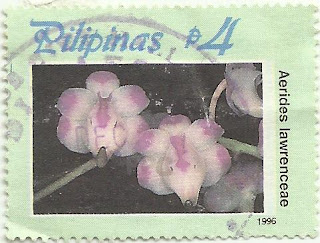The bush is a term used for rural, undeveloped land or country ares in certain countries.
It is an iconic term in Australia. In reference to the landscape, bush describes a wooded area, intermediate between a shrubland and a forest, generally of dry and nitrogen-poor soil, mostly grassless, thin to thick woody shrubs and bushes, under a sparse canopy of eucalyptus. The bush was something that was uniquely Australian and very different to the green European landscapes familiar to many new immigrants.
The Bush also refers to any populated region outside of the major metropolitan areas, including mining and agricultural areas.





